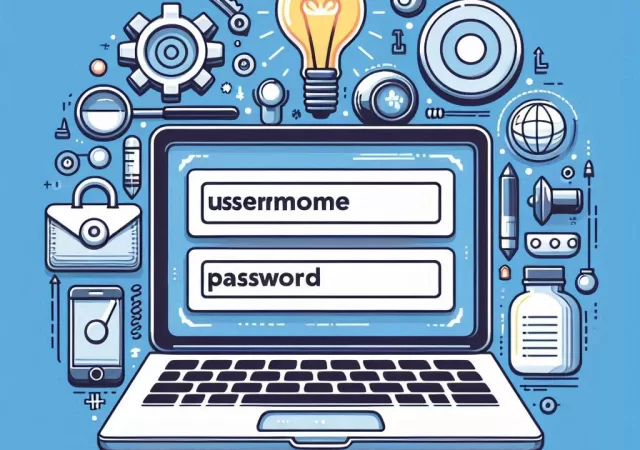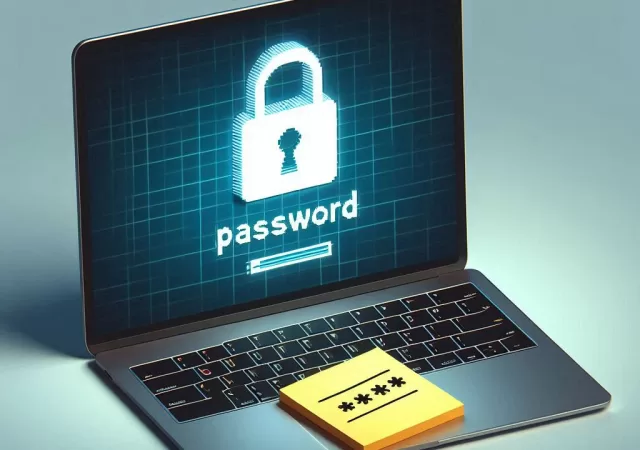techENT sits down with Sage Khor, Presales Technical Manage at Trend Micro Malaysia to discuss the importance of password hygiene and staying safe online.
How Your Bad Password Hygiene Can Put Everything At Risk at Home and at Work
Passwords keep our data safe. Bad passwords could risk personal data breaches and millions in losses? How?




